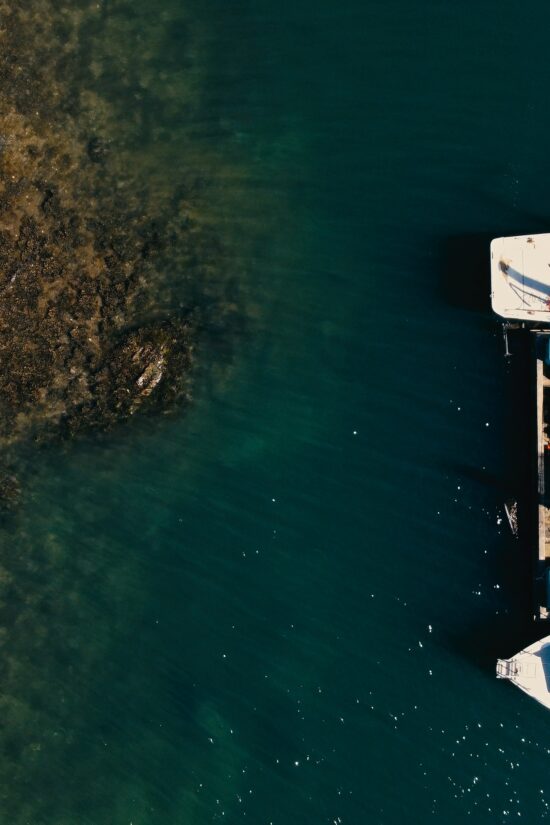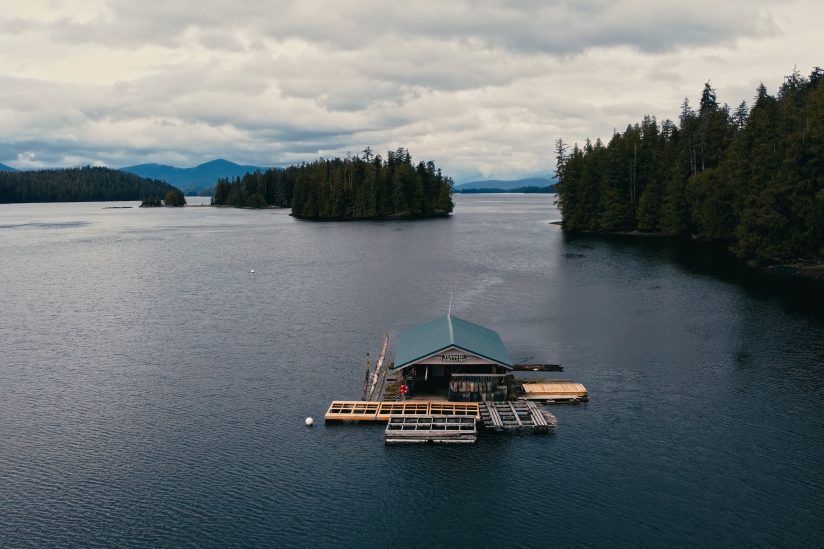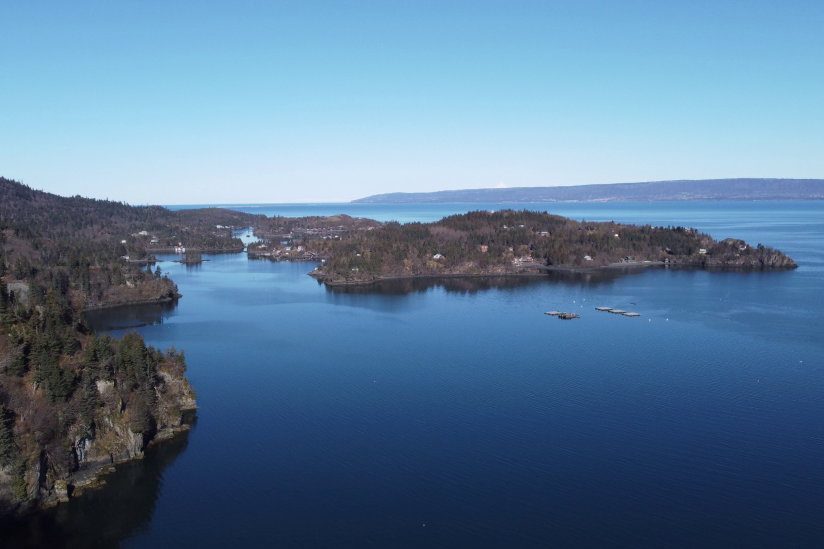
Proper site selection is crucial for the success of an oyster farm, as it can significantly impact the farm's costs, efficiency, and overall productivity. A well-chosen site can lead to a high-yield farm that is easily accessible, contributing to the farm's long-term sustainability and success.
Four primary considerations for proper site selection:
- Regulations and permitting - view on the permitting page.
- Logistics - Farmers in Alaska must consider the proximity of their site to the nearest harbor or port to reduce fuel costs and travel time. These are critical for managing expenses and maintaining the quality of the product. Oysters must be kept in a cold environment until they reach their final destination.
- Biology - Considering the biophysical characteristics of their potential site, such as depth, current, salinity, and phytoplankton levels, to ensure their oysters thrive. An ideal location offers protection from harsh elements while maintaining adequate nutrient flow.
- Cultural and social aspects: Considering the site's social and cultural context is necessary to assess impacts on nearby residents and water users. To gain public support and a social license to operate, farmers must demonstrate minimal adverse effects on shared resources. Reducing nuisances, clearly marking boundaries, and building good neighbor relationships are essential. Engaging with the community and addressing concerns early can ease the permitting and farming process.
Suitable ranges for key factors
- Water temperature
- 50-71 °F
- Salinity (ppt)
- 20-35 ppt
- Current speed (ft/s)
- 1.6-3.3 ft/s
-
Nutrient/temperature tradeoff: nutrient input and waste export vs lower temperature
- Water depth (ft)
- 40-60 ft. at mean low tide
-
Sufficient distance of the gear from the seafloor at all times
- Substrate
- Coarse sediment, mixed sediment
-
Anchoring on hard substrate is possible but requires more complex techniques
Geography, environment & logistics
Geomorphology affects physical and biological parameters such as water movement, turbidity, nutrients, light availability, wind direction, exposure to extreme weather, winter icing, and more. It is also important to consider sensitive habitat areas and the needs of existing users.
Supporting infrastructure is a key element, such as access to road systems, dock space, land-based processing facilities, cold storage capacity, nearby airports, waterfront property and equipment for loading and unloading, seed availability, and proximity to markets.
Most sites will not fulfill all optimal criteria and parameters. The site selection process should emphasize the strengths and weaknesses of potential locations with decisions based on the most critical factors relevant to the farmer.
Site examples
When you select a place for a farm, you want it to be in an upwell. You want it to go from deep to shallow, which pushes the nutrients when the current and tide come up. In my case, it goes from ~75 feet at the far end to about 15 to 18 feet at the other end.
New site developers should explore space availability near a successful farm, as it suggests a prime location and can save time and effort during permitting. Additionally, subleasing a farm plot from an existing farmer can also be promising and co-beneficial, as most farms don't use all of their permitted areas, and technical as well as logistic issues can be relieved.
Joint Innovation Projects
Part of the AMC’s Research and Development Grant Component.
Evaluating subsistence shellfish beaches for future enhancement projects
This project evaluates selected subsistence beaches near seven native communities in south-central Alaska to assess changes and determine their suitability for shellfish enhancement. Building on prior surveys and studies conducted in the 1990s, the project aims to re-survey these beaches, document any changes, and establish a baseline for potential enhancement efforts. By incorporating updated technology, enhanced seeding, and predator control methods, the project brings innovation to the industry and aims to identify beaches for future outplanting, emphasizing the importance of understanding intertidal area characteristics for successful projects.



